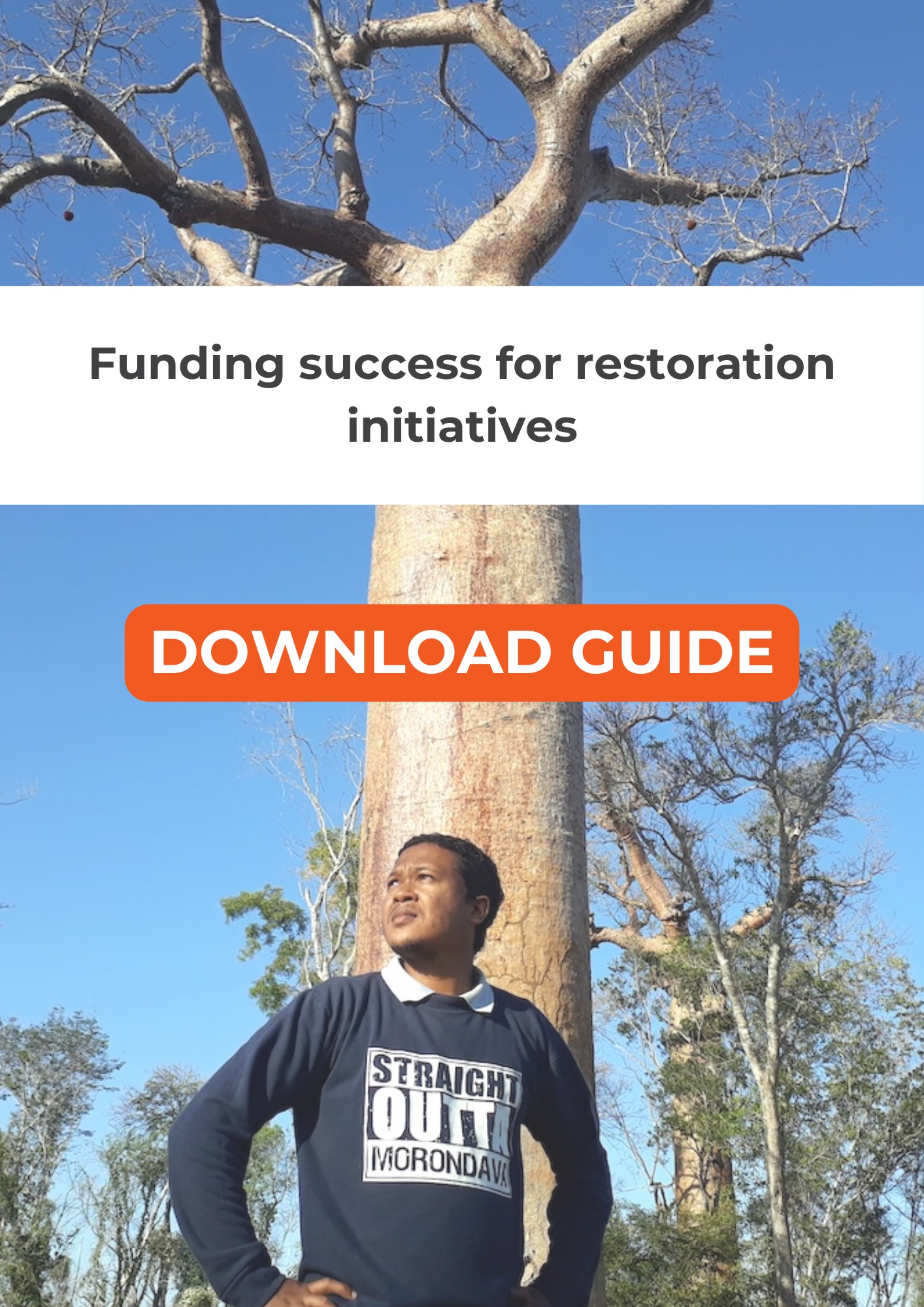AN INTEGRATED SYSTEM
Throughout the world’s tropical forests, indigenous people’s diets combine crops from their plots with fish, game, fruits, nuts and wild plants.
“Flexibility is the key to living well in the rainforest,” Løvold said. “Forest and field [are] an integrated system. Each complements the other.”
People plant crops in places where natural vegetation signals suitable soil, he said. Because those places are scattered throughout the forest, the community needs a large area.
But the resource-rich Amazon is increasingly a magnet for industrial farms and ranches, as well as companies seeking timber, oil and gas, and minerals. Government officials who grant concessions often assume that low population density means land is uninhabited, especially if it is not titled.
As a result, indigenous people are pushed off their traditional lands or confined to areas that may be titled, but are too small to support their traditional farming methods. With land in short supply, they cannot let fields “rest” between crops for as long as they did in the past, so soil fertility and productivity decline.
Traditional lifestyles are changing for other reasons, too. Decades ago, an entire village might have moved if people needed better land. Now villagers are more sedentary, choosing to stay near schools, health centers or other services, Løvold said.
That creates a need for income, but growing cash crops is difficult for people who are far from markets and whose economy is geared toward subsistence, not profit.
FAR AND AWAY
Deep in the Amazon, some villages have turned that remoteness into an advantage.
Several tribes in the Xingu Indigenous Park, an area of 26,000 square kilometers in Brazil’s Mato Grosso state that is inhabited by about 5,000 people belonging to 16 ethnic groups, sell honey that was easily certified organic, as it comes from hives far from the nearest chemical pesticides, Løvold said.
Baniwa people on the Upper Rio Negro in Brazil’s Amazonas state sell chili powder made from some of the dozens of varieties of hot peppers found in their territory, selling to upscale buyers in cities, he said.
“When space is limited, you need an agroforestry system,” said Løvold, whose organization worked with communities from 1991 to 2004 to revitalize degraded soil by adding organic material and introducing crop rotation and green manure.
“It’s totally possible, with some extra work,” he said. “Everything they produce they sell immediately.”
But the forest people’s efforts alone are not enough. Government policies are also needed to protect forests, maintain ecosystem services and “thank” the people who maintain the forest, he said. Løvold offered two examples.
First, they must respect communities’ communal land rights and facilitate free, prior and informed consent when the government or non-governmental organizations launch development projects that could affect indigenous communities.
Officials should also “stop demonizing shifting cultivators” and acknowledge the rationality and benefits of their practice, he said.
“Shifting cultivation is the only agricultural system with proven long-term compatibility with the rainforest,” Løvold said.







